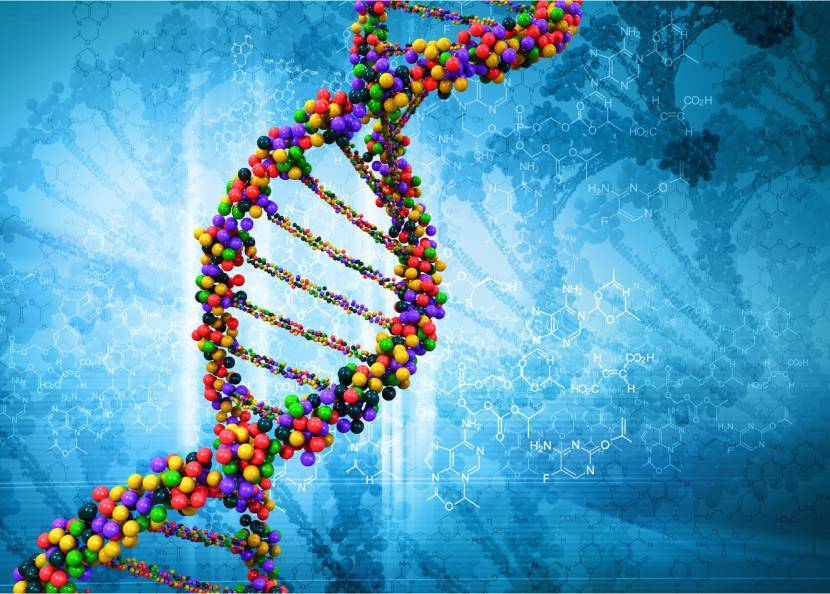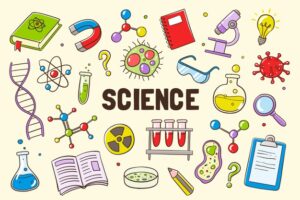Misconceptions of Genetics

Misconceptions of Genetics: Genetics is a very subtle yet complex subject. In order to make it simple for students, it is often simplified to an extent where it may seem that certain traits within a gene can be predicted due to some constant and limiting factors. However, it is not the case, and traits determined by genes often depend on many other factors. In this article, we will discuss some of the most common misconceptions about genes.
Within a population, the dominant traits are mostly common – Whenever people hear the word dominant, they think the factor in question to be absolute. However, the term dominant is somewhat flexible in its meaning. If a majority of a population exhibit a certain trait, it doesn’t mean that it’s because of it is dominant. It only goes on to show, how often a particular gene can influence such a trait. The simple example is polydactyly, which describes the presence of an extra finger. This is a result of dominant mutation but is only present in a handful percentage of the population. This goes on to show that, the dominance of a particular gene in any way doesn’t influence its presence in the population.
A single gene is responsible for traits – While learning the basic of genetics in school, the two allele system is introduced so that the students may get hold of the concept easily. In reality, a trait isn’t determined by any two or three genes instead, they are spread across a variety or range of combinations. Other than having only 10 genes for 10 different hair colors, there is a palette of gene color traits. That’s why one person has deep red color hair and the other may have a deeper variant and so on. This wouldn’t have been possible if there were only two or three genes and proves the existence of a much diverse gene pool for all traits.
The sole determinate of a trait are genes – Although it may be true that some traits are inherently linked to genes, some traits develop as an individual progresses through life and picks them up gradually. A good example would be alcoholism. Recent studies show that alcoholism is a genetic trait. However, it doesn’t end then and there, this trait may or may not develop, based on the surroundings. A good healthy and alcohol-free environment will prevent alcoholism in that particular individual. This shows that genes aren’t the sole determinates of traits and that the environment also plays a great role in the process.
Most mutations aren’t harmful – Popular sci-fi movies may compel us to think otherwise, but the fact of the matter is most mutation is indeed harmless and most of them go unnoticed.
Above-mentioned are some of the most common misconceptions regarding genetics. This article aims to enlighten everyone with the proper knowledge so that they better understand the subject, and not trust some random source of information which, are often times flawed and misguided.














